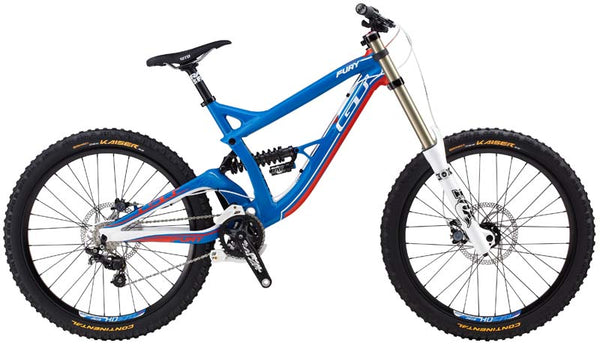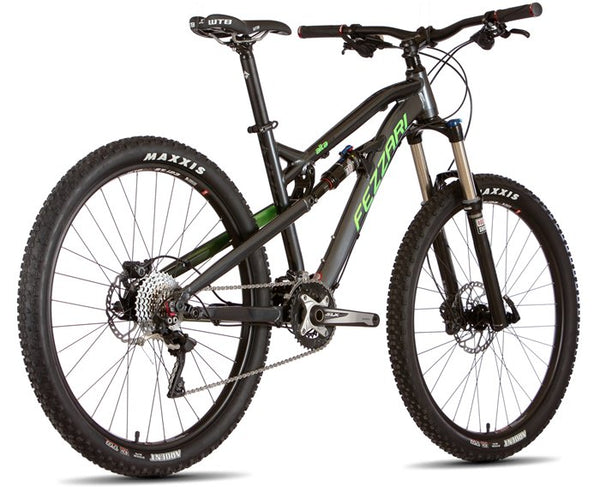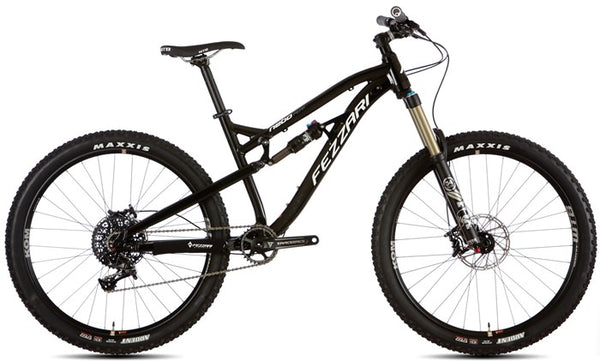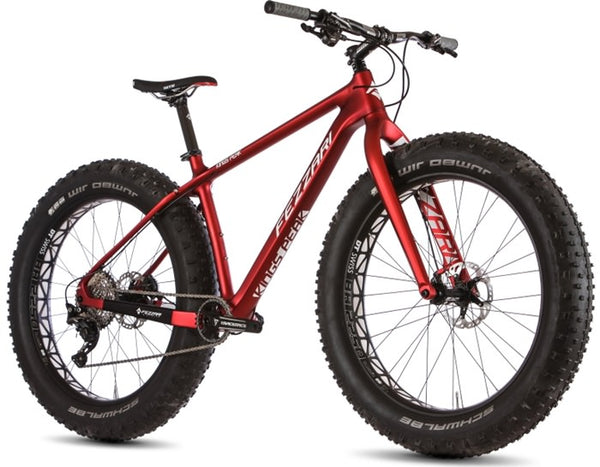Mountain bikes: what are the different types?
There are several types of mountain bikes. They have different geometry, tire sizes, rigidity, weight, suspension, seat posts, etc... The variations are endless, but they are generally grouped into the following categories:
Rigid: These mountain bikes have no suspension on the front fork or rear. Not much to say here other than if you are beginner and this is your choice for off-pavement / hard-pack dirt you’ll just get beat to a pulp and hate mountain biking before you get a chance to like it. These are comfortable versatile bikes for riding on pavement that are safer and more user-friendly than road bikes.
Hardtail: a mountain bike with suspension shocks on the front fork, but not the rear. These are more affordable, which for your budget, will allow you to purchase a bike with better components that are lighter. Hardtail bikes also have better handling than entry-level full-suspension bikes. Hardtail mountain bikes are not just for entry-level riders looking to save some money: their lighter weight and rigidity make them excellent cross country bikes and racing bikes. See below.
Full-suspension: Full-suspension bikes have suspension in the front and rear, which improves comfort and helps you ride more technical terrain. They are generally more expensive and weigh more. Most beginner mountain bikers wait until they're more experienced to buy their first full-suspension bike.

Your choices in this category are many and they can be further divided into these categories:
1) Downhill or Park: These bikes are full-suspension and are heavy, with maximum suspension in the front (200 mm+) and rear of your not-good-for-riding-uphill bike. I refer to them as motocross bikes without the motor. Tires are big and very knobby.


3) Trail: These bikes are the most popular mountain bikes, with decreased weight, mid-range front fork travel (120-150 mm) and bike geometry that favors comfort over pure performance.

4) Cross-country (XC): These mountain bikes are all about climbing and speed for longer, epic rides in the backcountry. The most important variable in XC bikes is low weight and efficient / smooth shifting. The bike’s ability to deal with technical terrain sections takes a backseat to rolling efficiency and pedaling. Very light, very expensive full-suspension bikes are used here or commonly used hardtail mountain bikes.

5) Fat bikes: These bikes are designed for riding on snow and sand, or anywhere you need ridiculously big tires (as wide as 5 inches) for maximum grip. Fat bikes are all about 4-seasons cycling versatility.

More information on mountain biking:
Why Free the Powder?
-
Premium Quality
We use the best quality leather and the most breathable materials in order to make the warmest and toughest ski gloves and mittens.
-
Superior Value
Why pay a triple digit markup for quality? We sell our premium leather ski gloves direct at lower prices than our competitors.
-
Free Fast Shipping
No one wants to wait for their order to ship. You'll get your gloves and mittens fast! We get your order out to you ASAP.
